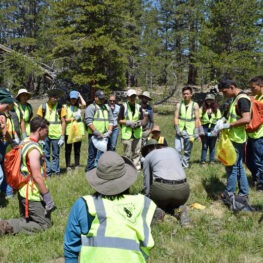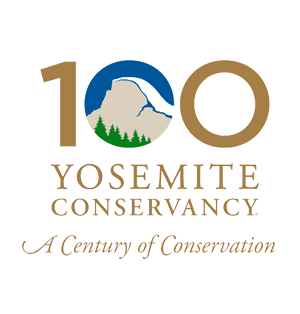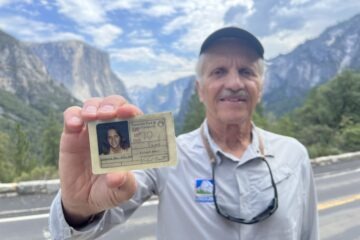Photo credit: Hosea Georgeson
So you’re a Flora and Fauna Lover.
You admire the little details of nature all around you and you’ve got the fun facts on the trail to prove it. As a Flora and Fauna Lover, you know how important every plant and animal is to their ecosystem. No matter where you are, learn how to protect and cherish what’s around you with these tips:
- Plant native
One of the biggest ways to support your local ecosystem as a Flora and Fauna Lover is to plant native in your yard! Not only are native flowers and plants good for the native pollinators in your area, they’re often easy to grow. Because they evolved in your region, they are sure to be adapted to your weather and soil environments, giving you a leg up on getting your spring bloom going. When buying seeds and starts, make sure to read up on the exact region that plant is native to and start planting!
- Support native pollinators
Native pollinators are small but mighty and crucial to a lively and healthy ecosystem. While honeybees are awesome, did you know that none of them are native to the Americas? Depending on where you live, there are likely hundreds of native bees that pollinate all the plants around you in addition to the honeybee. Many native bees do not live in hive structures like the honeybee, so one huge way you can support these tiny friends is by setting up a “bee hotel” for native pollinators to lay their eggs.
As a Flora and Fauna Lover you can read up on how to make sure that you keep this space clean each season to prevent bee disease, and you’ll be making sure that native bees in your area stay protected.
- LNT protects wildlife
Leave No Trace (LNT) principles protect local wildlife! While some squirrels may pester you for your crumbs, we’re pretty sure that granola bars aren’t a typical part of their diet in the wild. As a Flora and Fauna Lover, whenever you head out on the trail to admire the views, make sure to pack out all your trash with you — even things that are plant matter or organic like orange peels and apple cores. While these foods will decompose in the earth one day – some take years to break down! They often leave behind seeds that don’t typically belong in that ecosystem, or will be eaten by local wildlife. Keeping your trash with you is one of the most key ways to keep your ecosystem wild and to protect the fauna around you.

Volunteers at a 2015 Alpine Meadow Invasive Plant Removal event demonstrate how much they are Flora and Fauna Lovers.
- Find ways to support your local park system
Wherever you are, as a Flora and Fauna Lover you locate your local park system or nonprofit supporting green space and find ways to support them. Whether you volunteer your time and skills or financially, supporting your local park system is one of the best ways to protect the wild around you. Or, get involved with an organization near you that is working towards creating better accessibility and inclusivity in the outdoors!
- Don’t pick wildflowers
As gorgeous as spring blooms are, many wildflowers are annuals — meaning that they only live for one season. Annual plants’ short lifecycle means that they rely on ‘going to seed’ in order to continue on next spring. After an annual plant flowers and stops blooming, they form seed pods that drop to the ground and wait till next spring to grow again. So, Flora and Fauna lovers enjoy them on the trail and leave them there to bloom again next year.
- Leave the leaves and twigs
If you’re a gardener in addition to being a Flora and Fauna Lover, one of the absolute easiest ways to support your local birds and insects is to leave the leaves and twigs on the ground throughout fall. While it might make your garden look a little more wild, these leaves and twigs provide resources for birds and insects to build their nests and homes for the winter. So, wait a few months to clear out the dead branches and leaves from the summer and your local pollinators will thank you.
-
Learn about what’s around you
Feed your inner researcher and learn about native plants and animals around you wherever you go. There are many free apps with tons of useful and community-sourced information that you can take with you on the trail. Some great options for learning about flora and fauna in your area are iNaturalist and the Merlin app — and both are free! The more you know about what is wild around you, the more you’ll know how to protect it — and the more fun facts you’ll have for your hiking buddies.
There are so many ways to protect your wild wherever you are. On your next adventure to Yosemite, join us for one of our art classes, naturalist walks, or outdoor adventures in the park! Book your experience now before spots fill up. Most of our art classes and Outdoor Adventures include your reservation for entry to the park during peak season during 2024.



